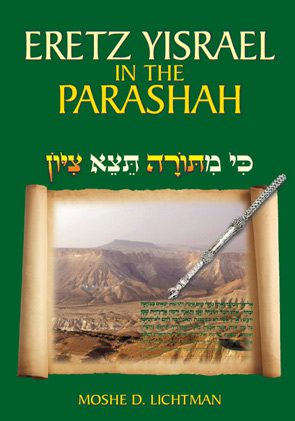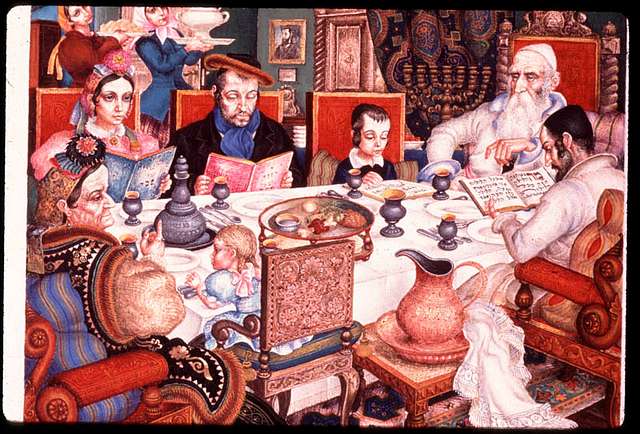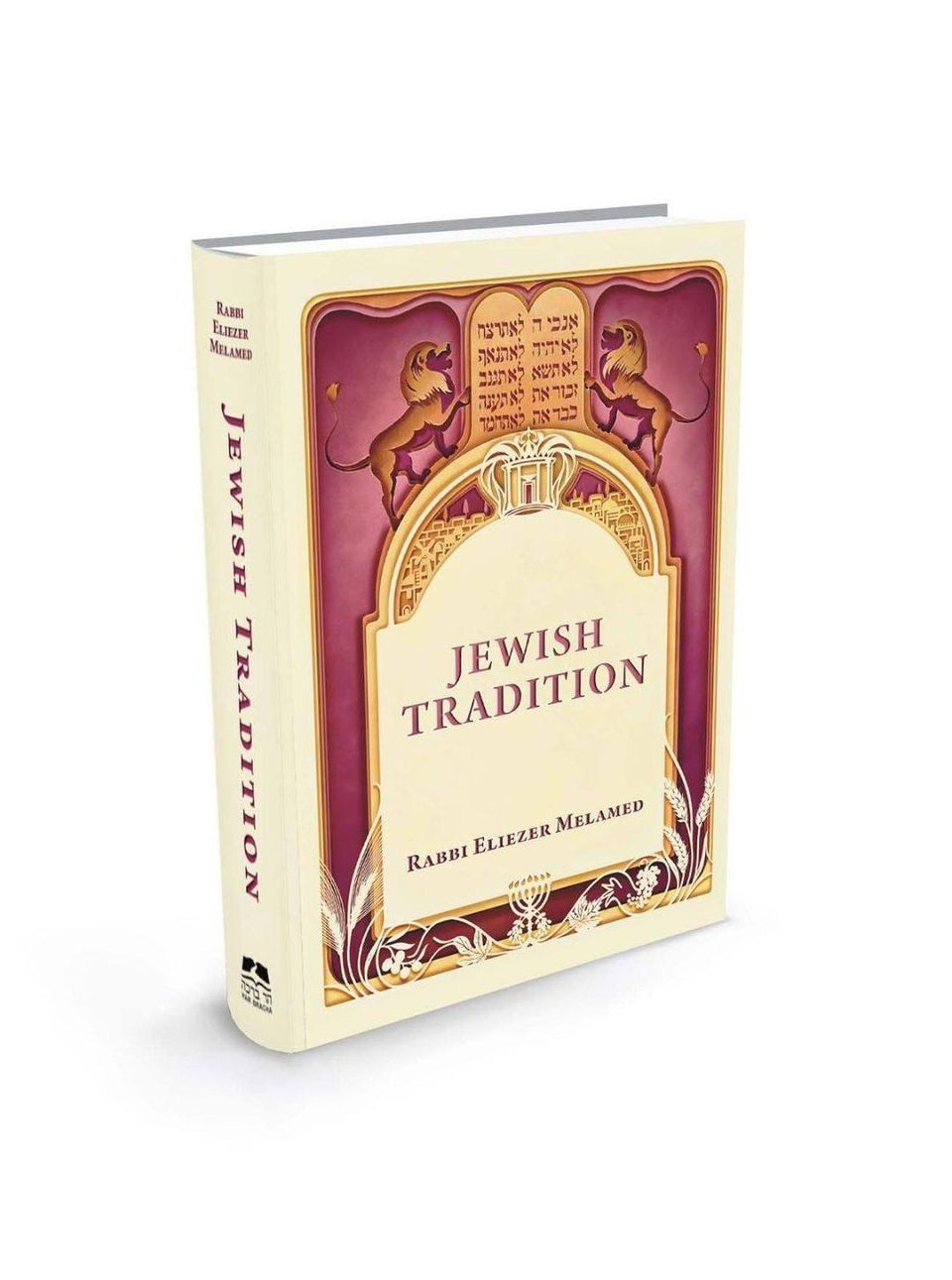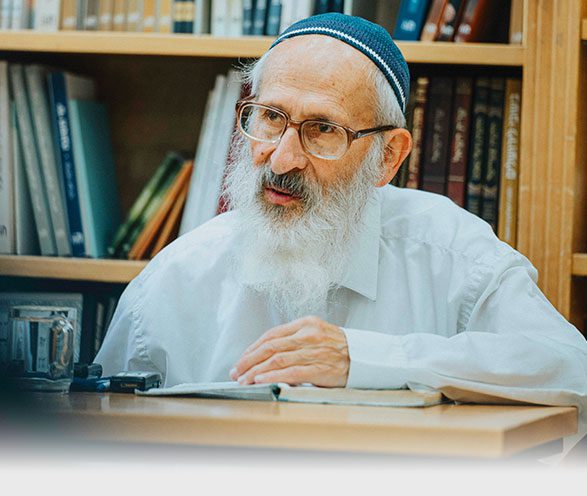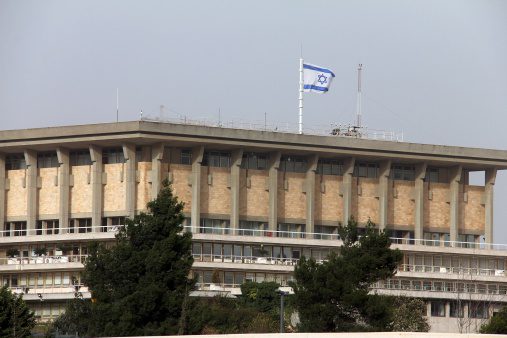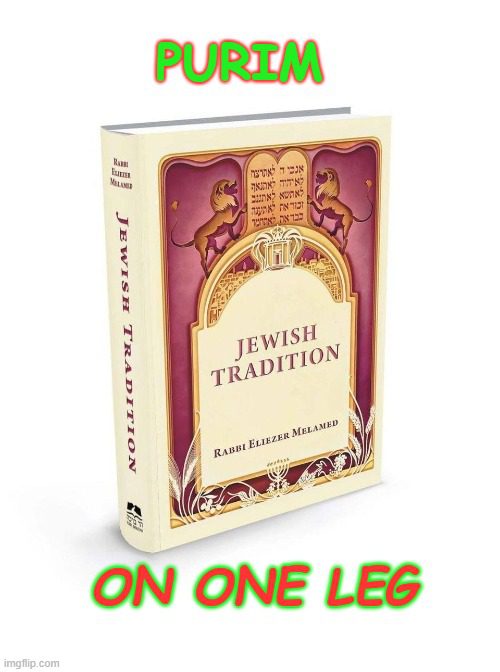THE CENTER OF THE WORLD
by Rabbi Moshe D. Lichtman (https://toratzion.com/)
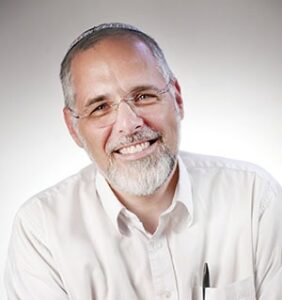
In the past we discussed the first Rashi on the Chumash, which states that the Torah begins with the story of creation just to teach us that Eretz Yisrael belongs to the Jewish people. Thus, not only does Parashat BeReishit contain a reference to Eretz Yisrael, one could say that it completely depends upon it.
Actually, though, there is an even more basic and fundamental connection between the story of creation and the Land of Israel. That is, it all started from here. All of creation began and emerged from Zion, as the following Midrash demonstrates:
The wise [King] Shlomo planted all types of trees, as it says, I made for myself gardens and orchards, and I planted in them every kind of fruit tree (Kohelet 2:5)… R. Yanai said: Shlomo even planted peppers in the Land. How did he do this? Shlomo was wise, and he knew [where] the main foundation of the world was. How? מציון מכלל-יפי אלוהים הופיע – Out of Zion, the perfection of beauty, God appeared (Tehillim 50:2). [That is to say], the entire world was perfected (נשתכלל) from Zion, as [Our Sages] learn: Why is [the rock on top of Mt. Moriah] called אבן שתיה? Because the whole world was founded (הושתת) upon it. Shlomo knew which “sinew” proceeded [from Zion] to Africa [where peppers grow best], and he planted peppers there; and they immediately bore fruit… (Midrash Tanchuma, Kedoshim 10)
Thus, not only does Parashat BeReishit (and all of Sefer BeReishit for that matter) depend on Eretz Yisrael, the entire world does, as well.
This Midrash also implies that Zion is not only the spiritual center of the world – a fact that most people (Jew and Gentile alike) acknowledge – but also its physical center. In fact, the Midrash continues to compare Zion to a navel: “Just as a man’s navel is situated in the middle of his body, so too, Eretz Yisrael is the center of the world.” The Maharal of Prague (Be’er HaGolah, p. 131) points out that if one were to measure a man’s body, he would find that the navel is not exactly in the middle. Therefore, he explains that Chazal are not really referring to the physical center of the body, rather, to a spiritual center of sorts. The navel divides between the “upper” part of the body and the “lower” part. So too, Eretz Yisrael is considered the center of the world because it is where the physical and spiritual meet in perfect balance. All other places have good qualities and bad ones. God’s chosen place, however, has (at least in potential) the best of all worlds.
So, next time you say in the morning prayers “Through His goodness, He renews, every single day, the act of creation,” remember that it all starts here. Come to think of it, perhaps that is why we end that blessing with the words, “May You shine a new light on Zion, and may we all speedily merit [to see] its light…” Amen!
TORAT ERETZ YISRAEL
In addition to the explicit references to Eretz Yisrael found in this week’s parashah, there is at least one hidden reference. When enumerating the four river-branches that issue forth from Eden, the Torah states: The name of the first is Pishon; that is the one that encircles the whole land of Chavillah, where there is gold. And the gold of that land is good; bdellium is there, and the shoham stone (2:11-12). The Sages of the Midrash comment:
Where there is gold: This refers to words of Torah, which are more desirable than gold, even much fine gold (Tehillim 19:11). And the gold of that land is good: This teaches that there is no Torah like the Torah of Eretz Yisrael and no wisdom like the wisdom of Eretz Yisrael. Bdellium is there, and the shoham stone: [This refers to] Scriptures, Mishnah, Talmud, Tosefta, and Aggadah. (BeReishit Rabbah 16:4)
Chazal elaborate upon the supremacy of Torat Eretz Yisrael in numerous other places. For example: When R. Zeira moved to Eretz Yisrael, he changed his ruling on a certain halachic issue, attributing his newfound insight to the special atmosphere of the Holy Land, saying, “The air of Eretz Yisrael makes one wise” (Bava Batra 158b). Commenting on a verse in Eichah (2:9), the Midrash states: “[Her king and her officers are] among the nations, there is no Torah – from here [we derive] that the Torah is in Eretz Yisrael” (Sifrei, Eikev 1). On the negative side, the Talmud states, “There was no greater abrogation of the Torah than when the Jews were exiled from their place” (Chagigah 5b).
What exactly does all this mean? Weren’t there great Torah scholars in the Diaspora throughout the ages?
First of all, it is important to point out that just because someone reaches a very high level of Torah scholarship outside the Land, that does not mean that they could not have reached an even higher level in God’s special Land, as R. Eliyahu Desler writes:
When I come to the Holy Land, I feel clearly that it is easier to learn Mussar and arouse my heart. In addition, one feels the siyata d’shemaya (heavenly assistance) in Torah study here… In our generation, we see with our own eyes how youngsters who study Torah flourish in Eretz Yisrael. They advance in their studies; they succeed in acquiring knowledge in all of Shas (the Talmud); and they achieve much more than others achieve in their Torah education in other lands. (Michtav MeEliyahu, vol. 3, p. 194-5)
Besides the quantitative difference, there is a fundamental, qualitative difference between Torat Eretz Yisrael and Torat Chutz LaAretz, which will explain the deeper meaning of the statements of Chazal quoted above. Midrash Tehillim (105) states:
- Yosi bar Chalafta said to R. Yishma’el, his son: “Do you want to see the Shechinah (Divine Presence) in this world? Study Torah in Eretz Yisrael, as it says, Seek the Lord and His strength; seek His presence always (Tehillim 105:4).” (A commentator explains that “His strength” refers to Torah, and “His presence” refers to Eretz Yisrael.)
One can learn great amounts of Torah in Chutz LaAretz, and even become a tremendous Talmid Chacham (Torah scholar). However, one can attain the ultimate level of closeness to HaShem – experiencing the Divine Presence, which intrinsically comes along with Torah study – only in God’s Chosen Land. And this spiritual benefit is what enlightens a person to better understand HaShem’s Torah in Eretz Yisrael.
How should all of this affect those of us who do not yet live in the Holy Land? I will let R. Ovadyah Yosef answer this question, because I could not have said it better:
Truthfully, the main consideration that must push our brethren in the Diaspora to emigrate and settle in Eretz Yisrael is the fact that, in our generation, the Holy Land has become an enormous center for the Holy Torah, both quantitatively and qualitatively… True, the United States also has Torah centers, but unfortunately and mournfully, for every soul that they save, ten are lost and assimilated. Their entire spiritual existence is like someone who builds a magnificent palace on ice: when the sun gets hot, it melts away… (Torah SheBe’al Peh 11)
Additional References
Ø God blessed the seventh day and sanctified it… (2:3).
- Yehudah HaLevi writes in Sefer HaKuzari (2:20) that although the world consists of varying time zones, the Sabbath truly begins when the sun sets in Eretz Yisrael. The reason for this is based on the Midrash which states that God brought Adam HaRishon (Original Man) into Eretz Yisrael right at the beginning of the Sabbath (Pirkei DeRebbe Eliezer 20). And since Adam was the first one to give names to the days (including Shabbat), their qualities follow those of the place where they were inaugurated. The Kuzari concludes:
Thus, knowledge of “The Sabbaths of the Lord” (cf. VaYikra 23:38) and “The Festivals of the Lord” (ibid. 23:2) depends upon the Land that is called “The inheritance of the Lord” (I Shmuel 26:19). This Land is also called “His Holy Mountain” (Tehillim 99:9), “His Footstool” (ibid. 99:5), and “The Gate of Heaven” (BeReishit 28:17). This is the meaning of For out of Zion the Torah will go forth (Yeshayah 2:3).
Ø Kayin spoke with his brother Hevel; and it came to pass, when they were in the field, that Kayin rose up against his brother Hevel and killed him (4:8).
The original argument and jealousy between Hevel and Kayin was over this Land. They wanted to know which of the two would be accepted [by God] to take Adam’s place [and serve] as his “treasure” and as His “kernel.” Consequently, [that son] would inherit the Land and cling to God, while his brother would merely be like a shell [which surrounds the kernel]. Then, the incident took place; Hevel was killed and the kingdom was left barren, as it says, Kayin went out from before the Lord (4:16). That is to say, [he left] that Land, as Kayin says, Behold, You have banished me this day from the face of the earth, and I shall be hidden from Your presence (4:13)… When Sheit was born in the likeness of Adam… he took Hevel’s place… and became fitting to be called, “Son of God,” a name by which Adam was called. [He thus] became fitting to inherit that Land, which is but one level below the Garden of Eden. (Kuzari 2:14)

